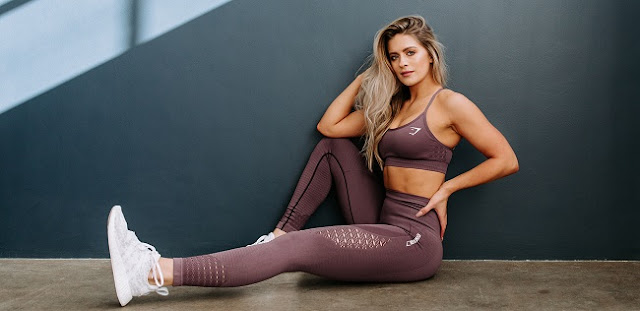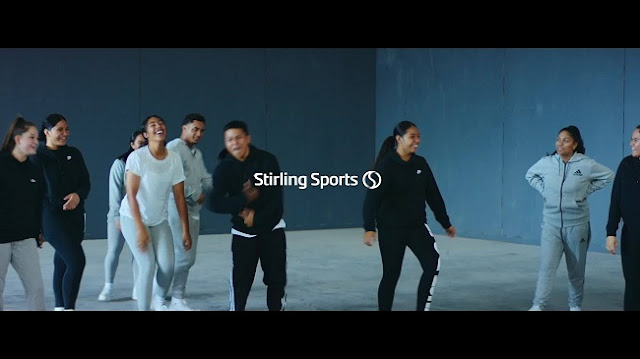Choosing Fitness Clothing For Winter Training

It's no secret that winter is a challenging time for many people who want to stay fit. The days get shorter, the temperatures drop (and often come with rain and snow), and even your favorite outdoor workout spots can be closed due to inclement weather. But there are ways you can make working out during this season more enjoyable and effective. One of my favorite tips is using Fitness Clothing made with the right materials to keep you warm while wicking sweat away from your skin so that it drips down into the fabric instead of staying on your body where it will chill you down further.
In other words, think of synthetic fabrics like nylon or polyester instead of cotton. I also recommend wearing layers so you can adjust how much clothing or warmth you need based on outside temperatures or activity levels; layering also helps reduce chafing between pieces as well as bulkiness under outerwear items like jackets or coats.

The Best Fabrics For Wicking Sweat And Keeping You Warm
The wicking fabrics most often used for winter gear include:
- Fleece
- Synthetic materials (polyester, nylon, etc.)
- Cotton (cotton blends)
Fleece tends to be more expensive than other options but it's also one of the best materials for keeping you warm and dry. If you're worried about budget, polyester is an affordable option that can still keep you comfortable on cold days. And if you're looking for something in between, there are many synthetic fleece blends available as well.
How To Layer Your Clothing For The Most Comfort
You can always count on layering your Fitness Clothing to keep warm during the cold winter months. When you layer correctly, you’ll be able to stay comfortable and focused on your workout by not having to worry about being too hot or too cold.
- Start with a base layer that is thin and tight fitting so it provides warmth without bulk or restriction of movement.
- Add a middle layer that is also thin and tight fitting so it provides extra warmth without bulk or restriction of movement.
- Add an outer layer that is thin, lightweight, and windproof so it doesn't restrict your movements while keeping out the cold weather elements (such as wind).
For specific activities like running outdoors in freezing temperatures, you might want to add another middle layer underneath your outer coat if needed to provide even more warmth! This can be helpful when the temperature drops very low outside because the air around us will help insulate us from losing all our body heat quickly when we are running fast enough that friction causes significant heat loss through our feet each step they take along pavement surfaces such as concrete sidewalks which absorb heat quickly then release them back into surrounding areas nearby where they may not go back towards our bodies anymore after being released from their solid state structure which makes up most matter found inside earth's atmosphere including oxygen molecules/atoms found within air molecules/atoms themselves (which are made up entirely out carbon atoms).
Colors And Styles That Will Keep You Looking Good While You Work Up A Sweat
You should always choose clothing that reflects your personal style, but there are also some fashion tips you should keep in mind when shopping for workout gear. First, don't be afraid of color! That said, it's probably not a good idea to wear neon pink yoga pants to a hot yoga class; consider what kind of clothing will feel comfortable and look appropriate for the type of exercise you'll be doing. For example:
- If you're going on a high-intensity run outside in cold weather, invest in long underwear designed with breathable fabrics (like merino wool).
- If you're trying out kickboxing with friends at an indoor studio after work one evening this winter, consider wearing something more casual than dressy sweatpants if possible—and definitely skip the bright pink ones!
Accessories That Can Make Your Winter Workouts More Fun And Comfortable
You can also add accessories to your winter training wardrobes, such as a headband for the cold, headphones for music or podcasts, gloves for warmth, scarves to keep your neck warm, and hats for warmth and style. You're sure to find something that makes your workout more comfortable and fun!
- Socks: Choosing the right socks is essential to keeping warm during winter training. Try moisture-wicking socks or wool socks with lots of cushioning in both shoes and on your feet.
- Winter boots: Snow boots aren't just for snow anymore! With waterproof outer shells and insoles made from thick rubber or plastic foam insulation materials (like Primaloft), these are some of the most versatile winter footwear available anywhere — good news if you're looking to upgrade from those old sneakers that have served you well over many years but may not be up to this task anymore.
Special Considerations For People Who Live In Cold Climates
If you’re training in a cold climate, consider wearing layers rather than one big layer. A tight-fitting base layer will help regulate your body temperature while keeping you warm and dry, while a second layer provides warmth against the wind and rain.
For example, if it's snowing outside, wear an undershirt with a wool sweater over top of that—and maybe add on another fleece jacket as well. If it's raining outside (or snowing), wear rain pants under your shorts or running tights so that they don't get wet when you run around outdoors in them!
Conclusion
We hope you’ve found this article helpful. We know that having the right clothes for winter training can be a challenge, but with these tips and some thought about your own personal needs, you’re bound to find something that works for you!
Source: https://dailybloggingnz.wordpress.com/2022/07/21/choosing-fitness-clothing-for-winter-training/


Comments
Post a Comment